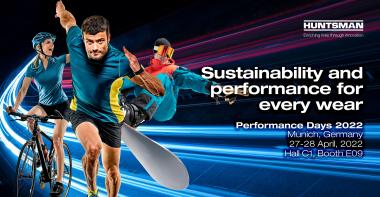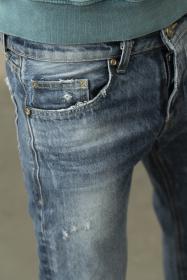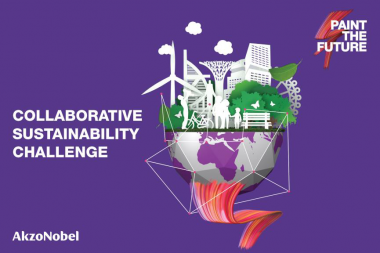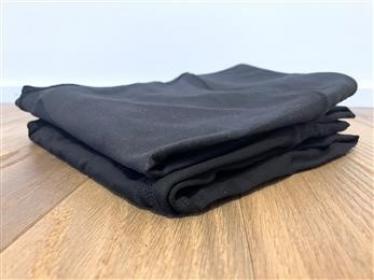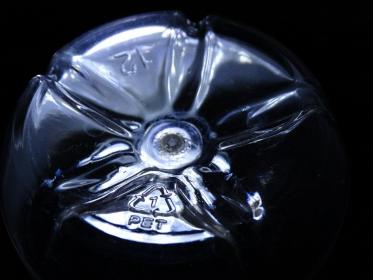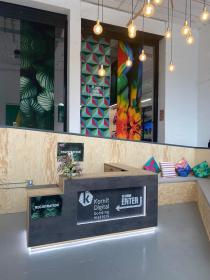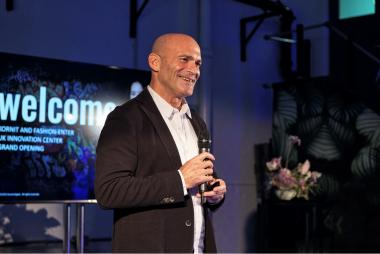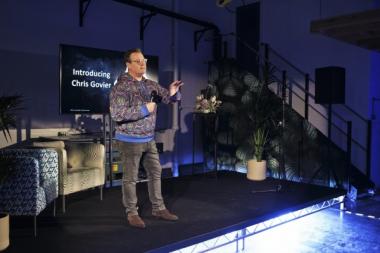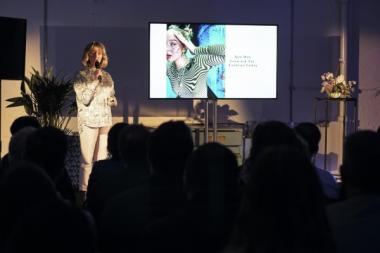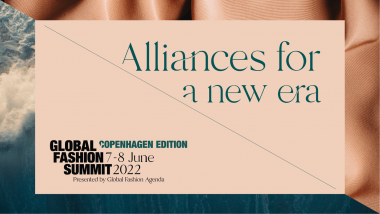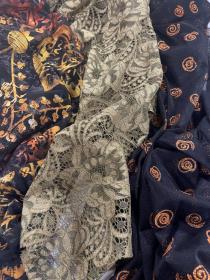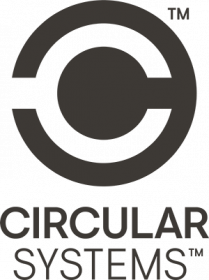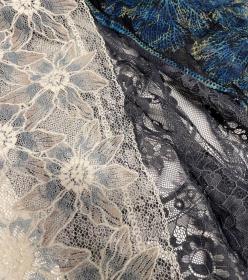Huntsman Textile Effects at Performance Days 2022
Huntsman Textile Effects, a global leader in innovative solutions and environmentally sustainable products, is featuring high-performance end-to-end systems for protection effects and sustainable solutions for any wear at Performance Days on April 27-28, 2022, in Munich, Germany.
With more consumers seeking comfort and protection when buying sportwear, they expect their sports apparel to dry quickly, resist stains and odors, and offer breathability. Achieving these functionalities with on-trend aesthetics whilst realizing sustainability, are possible.
Resource saving solutions
Huntsman will introduce the AVITERA® SE Fast process at Performance Days. The revolutionary technology delivers the lowest environmental impact for dyeing polyester-cellulosic (PES-CO) blends. It combines alkali-clearable TERASIL® W/WW disperse dyes and AVITERA® SE reactive dyes to cut processing time from around nine hours to just six, helps mills reduce the water and energy required for production by up to 50% and increases output by up to 25% or more while delivering outstanding wet-fastness to ensure that sportswear will not bleed or stain during home laundering, or while in storage or transit.
EROPON® E3-SAVE is another next-generation water saving innovation. An all-in-one textile auxiliary for PES processing, it allows pre-souring, dyeing and reduction clearing to be combined in a single bath and eliminates the need for anti-foaming products, which shortens processing time and saves water and energy.
Eco-friendly stain and rain resistance
In partnership with Chemours, Huntsman will present the new eco-friendly finishes that repel water and stains, and help garments looking new for longer. Teflon™ EcoElite with Zelan™ R3 technology contains 63% plant-based materials and is the industry’s first renewably sourced water-repellent finish. It exceeds performance levels possible with traditional fluorinated technologies, with excellent water repellency and durability while reserving breathability.
Innovative odor control solutions
Huntsman will also showcase revolutionary antimicrobial and odor-control solutions as part of their partnership with Sciessent. Sciessent’s latest anti-odor technology – NOBO™ specifically developed to reduce odors in natural and synthetic fabrics. It can be incorporated into virtually any fabric – from base layer and activewear tops to socks and underwear to jeans and chinos. It offers a cost-effective way to upgrade everyday garments.
In addition, the partners will also present Sciessent’s Agion Active X2®, a next-generation odor-control solution that combines advanced antimicrobial and odor-absorbing technologies to both capture and fight odor-causing bacteria, and Lava X2®, a standalone odor adsorption product and key component of Agion Active X2® that attracts, absorbs and degrades odors for long-lasing odor protection.
Huntsman Textile Effects


